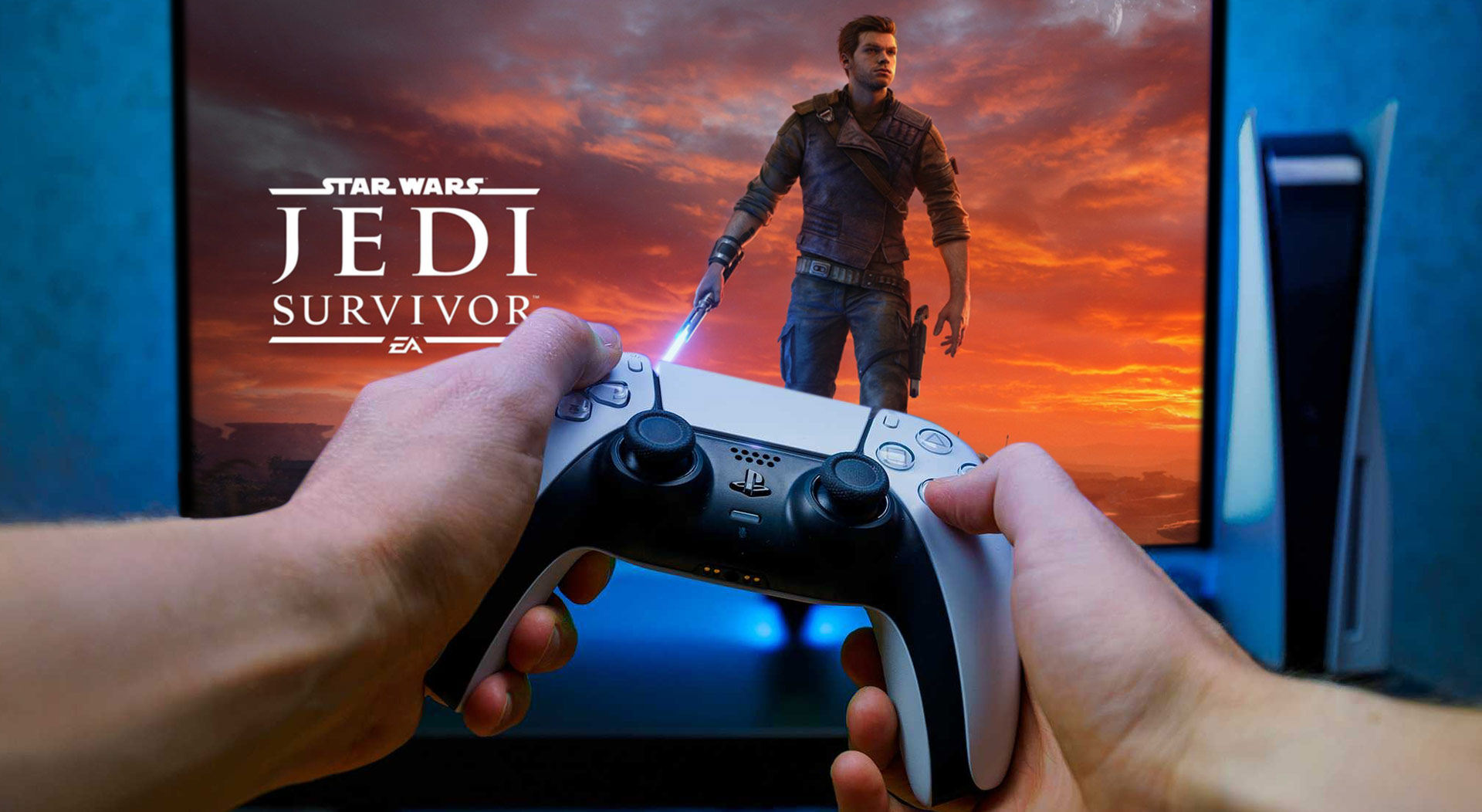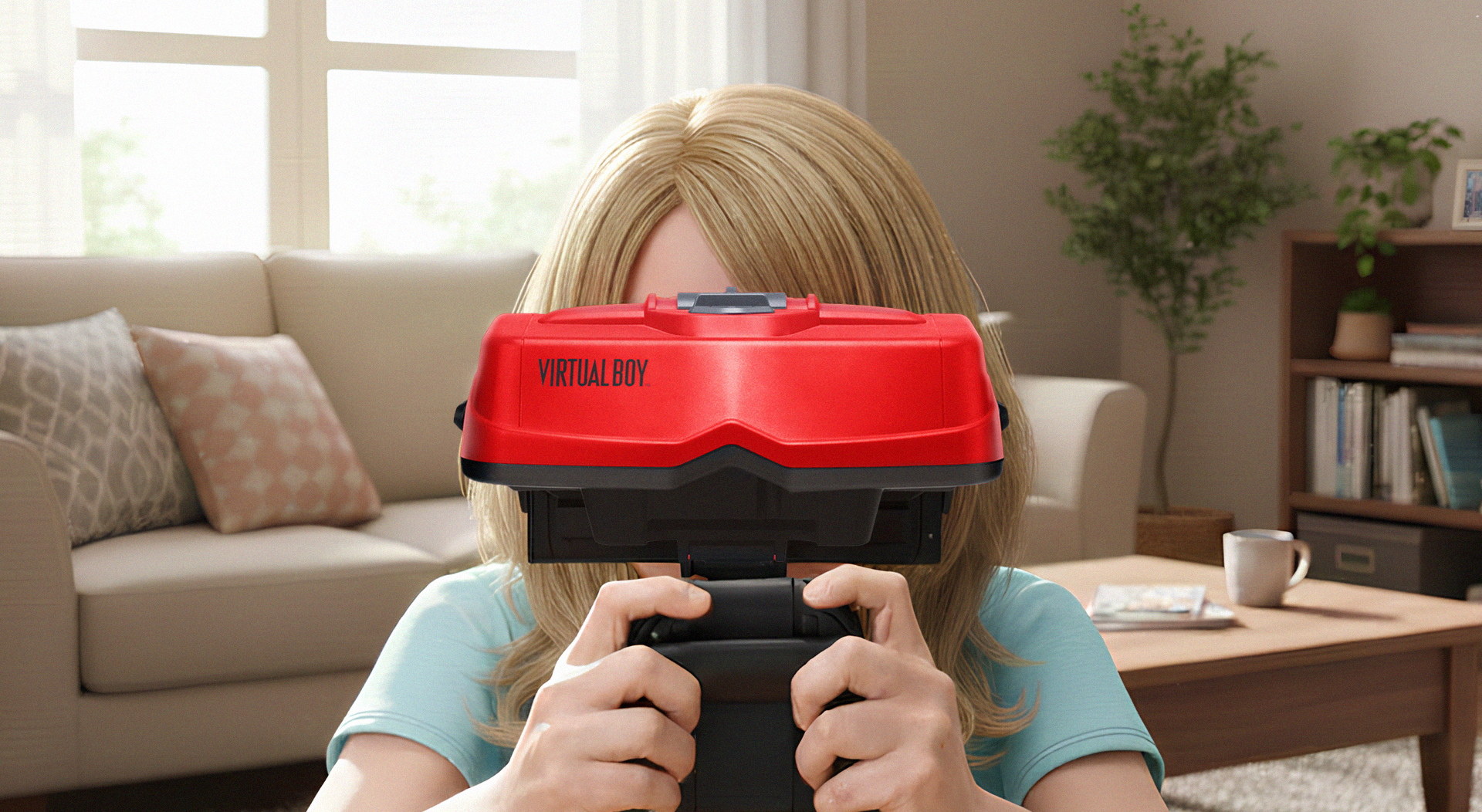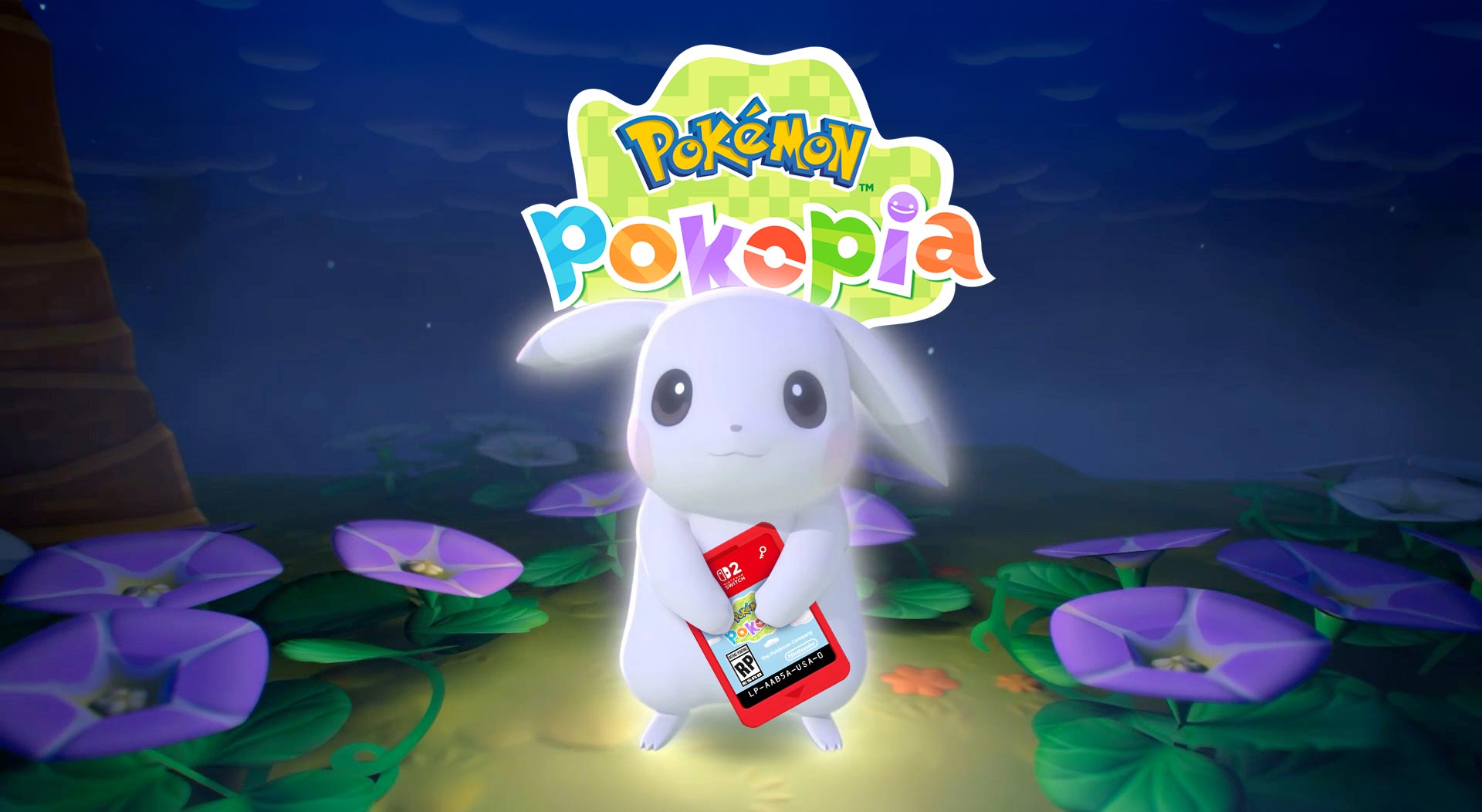A Rough Start
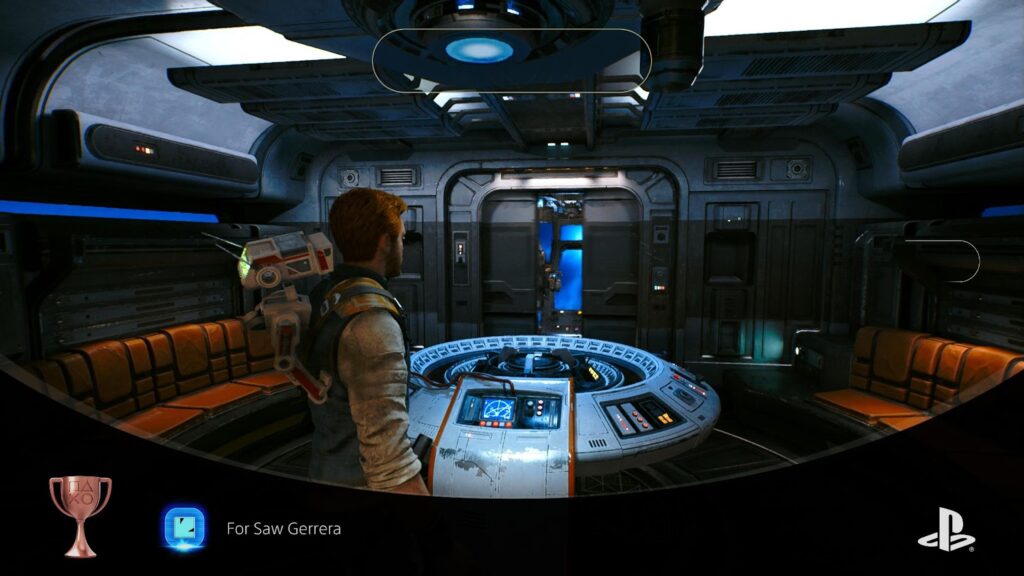

When I first played Star Wars Jedi: Survivor upon its launch in 2023, it was a new game on my launch PS5. Being the smooth framerate fanatic I am, I chose the 60-frames-per-second Performance Mode, and while I appreciated the option, I can’t say it was visually appealing. Jedi Survivor has been plagued by graphical and technical issues across multiple platforms since it came out, and when I went for it on day one the image quality was very rough. Respawn Studios insisted on giving the game a slew of ray tracing features in both modes, and while they are nice and do add something to the visual presentation, they enforced significant cuts to the pixel resolution. The game was temporally upscaled using the second form of AMD’s FidelityFX Super Resolution, FSR2, which is known for being the less-than-worthy competitor to Nvidia’s Deep Learning Super Sampling (DLSS) in the PC space. It has the advantage of being usable on any recent GPU rather than just ones with Machine Learning acceleration, but there’s a reason why DLSS demands those ML tensor cores – they truly do make for an improved upscale, while FSR2 adds ghosting and smearing along with the extra pixel detail it carries over from previous frames. It suffers especially when given less internal resolution to work with, and combined with the visual problems Jedi Survivor sees even with DLSS on PC, it made for a hazy, blurry experience that could almost create motion sickness at times. Digital Foundry catalogued the issues upon launch, along with creators and fans, and indeed the backlash was so strong that Respawn eventually patched the RT features out of the Performance Mode in their attempts to bring the resolution back up.
Going Back In
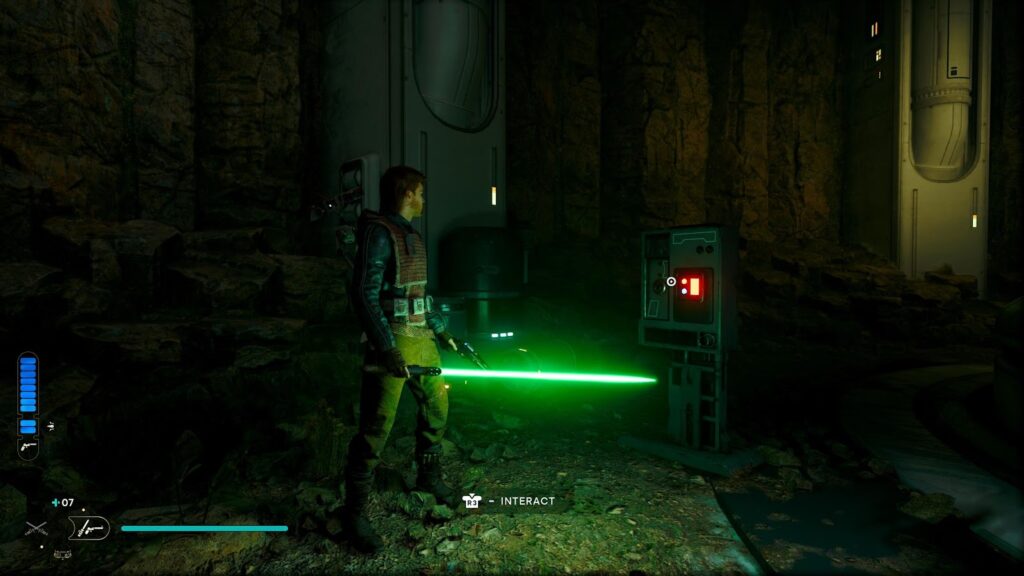
Returning to this game after over a year is quite the experience visually. I’m not about to discount the work Respawn has put in and the many patches they’ve deployed to improve the gaming experience on multiple platforms, but the primary boost here comes from my PS5 Pro. The new console’s system-on-chip has more raw power, but it also includes a variation of the ML acceleration hardware I discussed earlier, which powers the console’s exclusive upscaling solution – PlayStation Spectral Super Resolution (PSSR). This new option combined with the increased raw power and improved ray tracing acceleration the chip offers means Respawn were actually able to restore the RT effects to the new Pro Performance Mode, even while increasing resolution at the same time. It hasn’t been smooth sailing, though, and there’s a reason why I waited this long to try it. As shown by Digital Foundry, Jedi Survivor’s initial Pro patch was far rougher, with major image quality issues that seemed to primarily affect the detailed foliage common on planets like Koboh. I didn’t play the game in this state, but the GIFs I saw showed some of the bushes looking more like TV static than anything organic. This makes some sense – since temporal upscaling involves carrying information over from frame to frame, very finely detailed objects like bushes and other foliage are their worst nightmare. Thankfully, this seems to have been the direct result of using an older version of PSSR – possibly even a pre-release version that was meant more for development. A recent patch was dropped, the notes explicitly saying that the game’s PSSR has been “updated to the latest version”, and I can say from personal experience that even in Performance Mode, the results are wonderful. Given that the PC version is apparently still struggling, I’m convinced the Pro version must be the best way to play Jedi Survivor.
Hitting The Ground Running
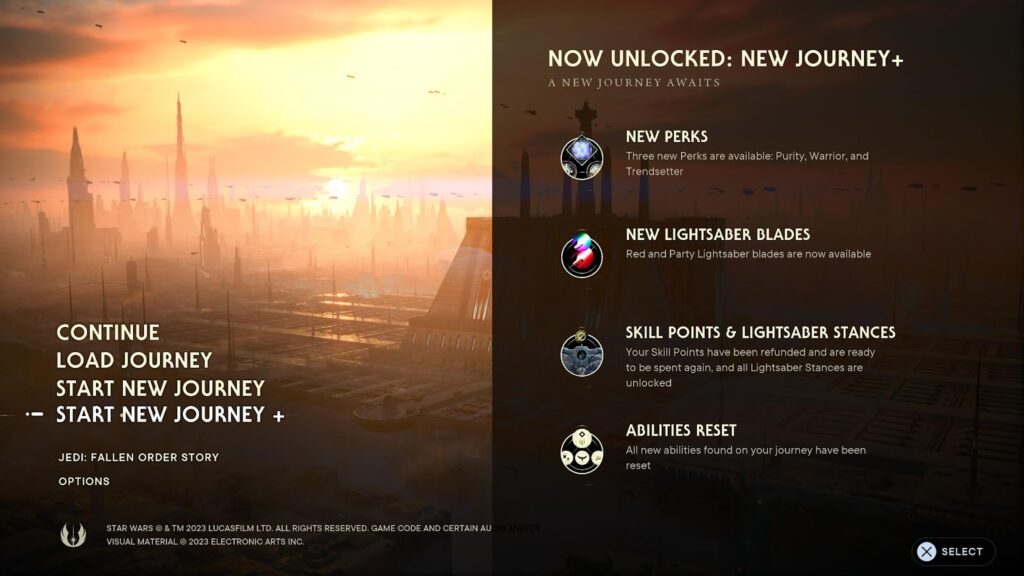
The other main reason I wanted to jump back into Jedi Survivor is that I wanted to try out the New Journey + mode. As you can see in the above image, it unlocks new Perks and Lightsaber colour options and lets you retain your Skill Points and Lightsaber Stances from your previous playthrough (however, story-based traversal abilities are reset to prevent sequence-breaking). This makes for a fantastic new playthrough on the Jedi Grand Master difficulty – I’m trying to use my combat skills a great deal more, and the fact that all 5 stances are unlocked from the beginning makes the earlier combat encounters, even more, fun and interesting. I’m frequently using the long-range blaster+saber combo and power-focused Crossguard Stances against enemies they were never available for, making for strategies and fights that are all new – it’s almost like Devil May Cry, a series where the first playthrough is really just the tutorial before you blast back in with all (unlockable) guns blazing.
I Know This World
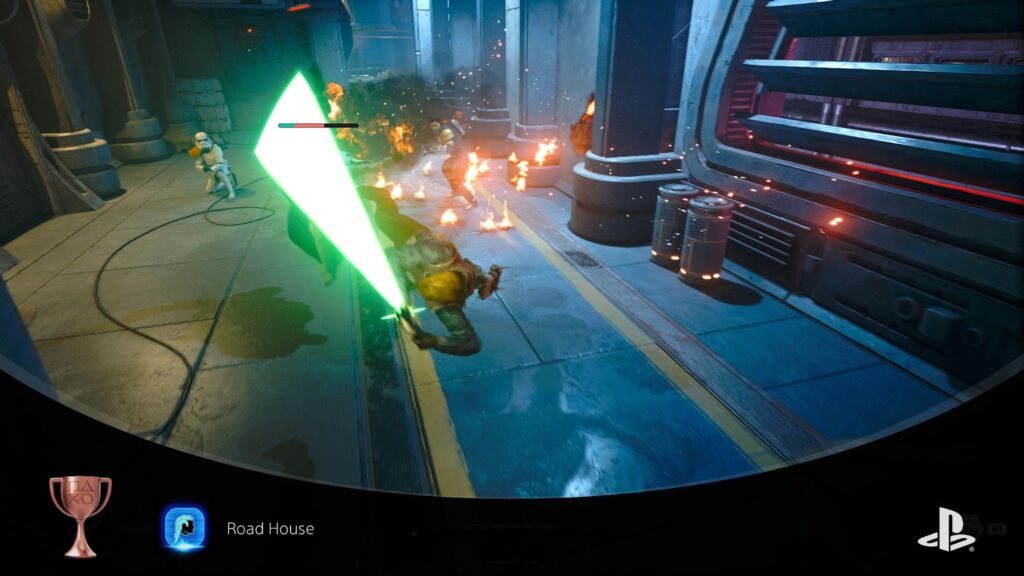
Beyond the more literal upgrades from the PS5 Pro and the combat system being more open from the start, this playthrough has other elements that make Jedi Survivor well worth playing through a second time. One of the major things is that a lot of the cosmetic upgrades have been carried over, so I don’t need to go hunting for them a second time and can progress through the story at a more regular pace. Jedi Survivor has that sort of open-game design that’s filled with little detours and side-quests, and while I wouldn’t want them to be removed – they flesh out the worlds you visit and are excellent for first-time players who want to feel like there is something out there that doesn’t revolve around the main story – they can end up tiresome on a second go, distracting from the story if you felt obligated to do them. Here, that’s not the case, and that’s a relief as the other element is getting to play through the story a second time with your knowledge of what happens, noticing little details foreshadowing later events and having a better understanding of some of the characters. It’s not better than the first run, of course – there’s nothing like experiencing the surprise and shock of a great story for the first time, as it pulls twists out of left field and forces you to question everything you thought you knew about what you were playing. The second run, and future runs after that – are where you get to appreciate the puzzle-like structure of the story as a piece of art, respectfully examining how the writers have designed it while also spending more time appreciating the performances. Great stories always deserve to be enjoyed both ways.
To The Future, Far Far Away

I’ve already done a traditional review of Star Wars Jedi: Survivor, so I don’t need to tell you the game is great a second time. But as an addendum, I am happy to say that if you get it – now frequently available at discount prices despite it only having improved over time – you won’t just be getting it for a single playthrough. Whether you jump back in immediately (I wouldn’t blame you) or give the experience a couple of years to settle as I did, you’re going to be getting a similar but different experience that absolutely justifies the effort. Playing it again is making me exciting about the next game, too, getting me wondering about where they’ll take it. I could see the 5-year time jump from Fallen Order to Survivor being replicated with an identical jump, which would place the third game 4 years before A New Hope – this could fit, and let Respawn close out this “pre-original-trilogy” tale, but I could also see them go a different route. Given the events of Survivor’s ending, I wonder if we could see a much larger time skip – something more like 20 or 30 years, bringing the story into the “post-original-trilogy” era of The Mandalorian and Ahsoka. Wherever Respawn goes, they have my trust at this point, and I hope you give them a chance too.
